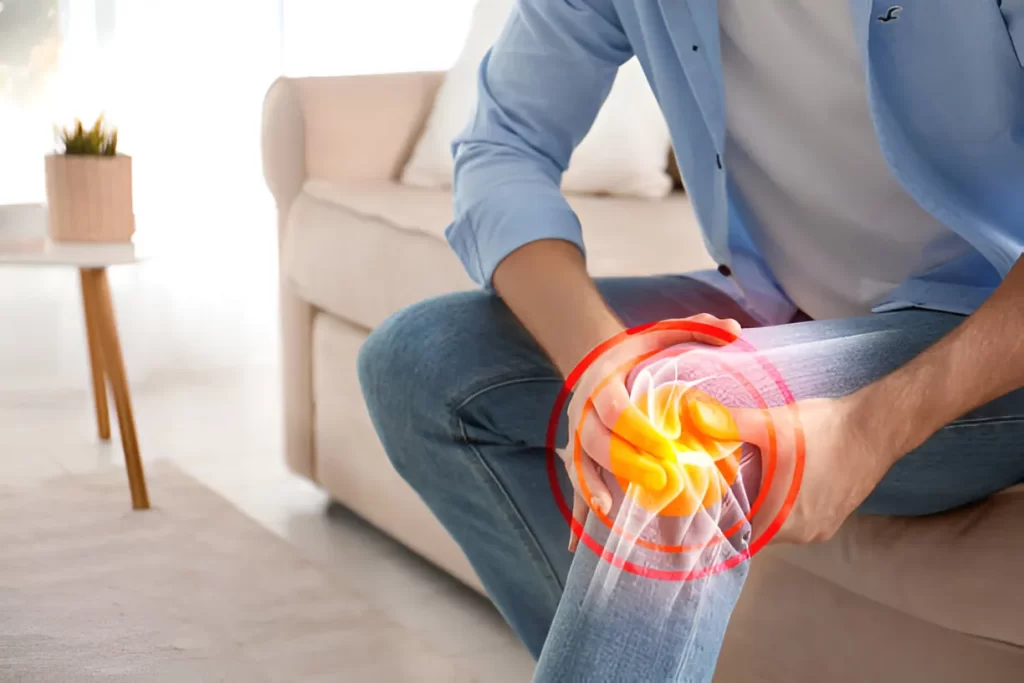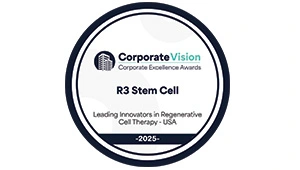Are You a Good Candidate for Stem Cell Therapy for Osteoarthritis?
Written by Dr. David Greene, MD, PhD, MBA on August 5, 2025
The US Leader in Stem Cell Therapy, Now in Mexico. Treatments start at $3750 for 25 million stem cells!
Special Promo: Get an additional 25 BILLION Exosomes IV with treatments over 50 million cells!”
The US Leader in Stem Cell Therapy, Now in Mexico. Affordable treatments start at $3750 for 25 million stem cells!
Special Promo: Get an additional 25 BILLION Exosomes IV with treatments over 50 million cells!”
Written by Dr. David Greene, MD, PhD, MBA on August 5, 2025
Your knees ache when you climb stairs. Your hips feel stiff after sitting too long. Walking becomes a challenge… and you wonder if there’s another way besides surgery.
Stem cell therapy might be your answer. But here’s the thing – it’s not right for everyone.

Doctors use a simple scale called Kellgren-Lawrence to grade arthritis. Think of it like stages 1 through 4:
Most successful patients fall between 40 and 70 years old. Your body’s healing power matters more than the number on your birthday cake.
Dr. David Greene from R3 Stem Cell Mexico explains: “We see excellent results in active 65-year-olds and poor outcomes in sedentary 45-year-olds. Your overall health trumps your age.”
Good Candidate
Not Ideal
BMI under 35
Active infections
Controlled blood pressure
Recent cancer (within 5 years)
No smoking
Severe autoimmune diseases
Stable blood sugar
Blood clotting disorders
Physicians prefer patients who’ve tried conventional approaches first:
If these haven’t worked, you become a stronger candidate for stem cell therapy.
Let’s be honest – stem cell therapy isn’t magic. Clinical studies show:
One patient might golf again pain-free. Another might just walk easier. Managing expectations matters enormously.
Your physician will assess these carefully:
Some people expect miracles. Stem cell therapy reduces pain and improves mobility – but won’t give you teenager knees again.
Best for patients under 60 with good bone health. Requires minor bone marrow extraction from your hip.
Works well for older patients or those with hip problems. Doctors extract cells through simple liposuction.
Newer approach with promising results. No extraction needed from your body.
Week 1-2: Rest and limited movement
Month 1: Gradual activity increase
Months 2-3: Progressive improvement
Months 4-6: Peak benefits typically appear
Most insurance companies don’t cover stem cell therapy yet. Expect to pay:
Some clinics offer payment plans. Others provide package deals for multiple joints.
Stem Cell
Surgery
Outpatient procedure
Hospital stay required
2-3 weeks recovery
3-6 months recovery
Preserves natural joint
Artificial joint
May need repeating
Lasts 15-20 years
$3,000-$15,000
$35,000-$50,000
PRP (Platelet-Rich Plasma): Less expensive but shorter-lasting results
Hyaluronic Acid: Good for mild cases, temporary relief
Physical Therapy: Always worth trying first
Smart patients consult multiple specialists. Regenerative medicine doctors, orthopedic surgeons, and rheumatologists each offer different perspectives.
You might be an excellent candidate if you have moderate osteoarthritis, good overall health, failed conservative treatments, and realistic expectations about results.
You’re probably not suitable if you have severe bone-on-bone arthritis, active infections, recent cancer, or expect perfect joints afterward.
The decision ultimately comes down to balancing potential benefits against costs and risks. Many patients find significant pain relief and delayed surgery needs – but results aren’t guaranteed.
Talk with a qualified physician who specializes in regenerative medicine. They’ll evaluate your specific situation and help determine if stem cell therapy makes sense for your unique circumstances.
Remember: This treatment shows genuine promise for the right candidates. But it’s still evolving science, not established medicine. Choose your doctor carefully and keep expectations grounded in reality.
Your knees might thank you… or you might need different solutions. Only proper medical evaluation can tell you which path leads to better days ahead.
Contact US

Dr. David Greene
MD, PhD, MBA
Dr. David Greene, MD, PhD, MBA, is a pioneering leader in regenerative medicine and healthcare marketing. As a residency and fellowship-trained orthopedic surgeon, Dr. Greene transitioned from clinical practice to become the founder and CEO of R3 Stem Cell and US Lead Network, where he has revolutionized patient care and medical practice growth through innovative therapies and digital marketing strategies. He has authored two influential books on healthcare internet marketing, ranks among the top expert authors globally, and has been featured on the cover of Corporate Vision magazine for his impact on global regenerative therapies. Beyond his professional achievements, Dr. Greene is passionate about education, compassion, and continuous innovation.

About R3 Stem Cell Mexico
Follow Us
Quick Links
Disclaimer
Stem cell therapy is considered experimental and is regulated by the U.S. Food and Drug Administration (FDA), but it is not FDA-approved. R3 Stem Cell does not offer stem cell therapy as a cure for any medical condition. No statements made on this site have been evaluated or approved by the FDA. This site does not provide medical advice. All content is for informational purposes only and is not a substitute for professional medical consultation, diagnosis, or treatment. Reliance on any information provided by R3 Stem Cell, its employees, others appearing on this website at the invitation of R3 Stem Cell, or other visitors to the website is solely at your own risk. R3 Stem Cell does not recommend or endorse any specific tests, products, procedures, opinions, or other information that may be mentioned on this website. R3 Stem Cell is not responsible for the outcome of your procedure. The FDA considers stem cell therapy experimental at this point.
Contact Us











Copyright © 2016 – 2025 R3 Stem Cell